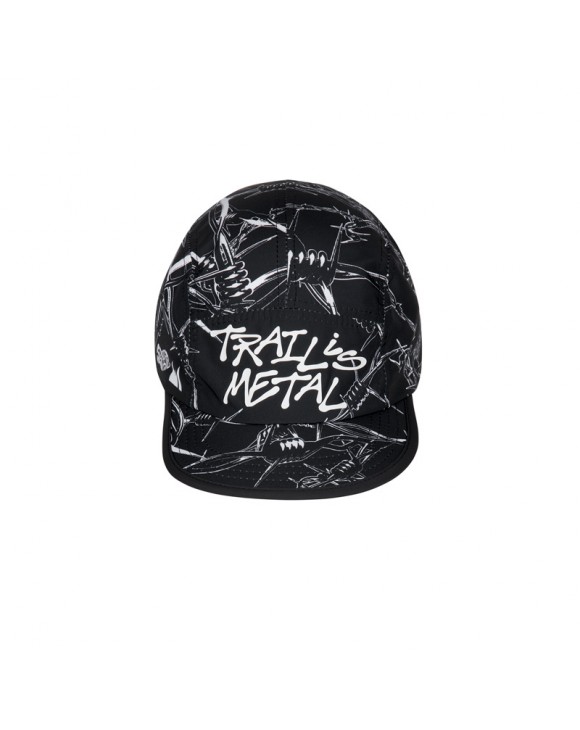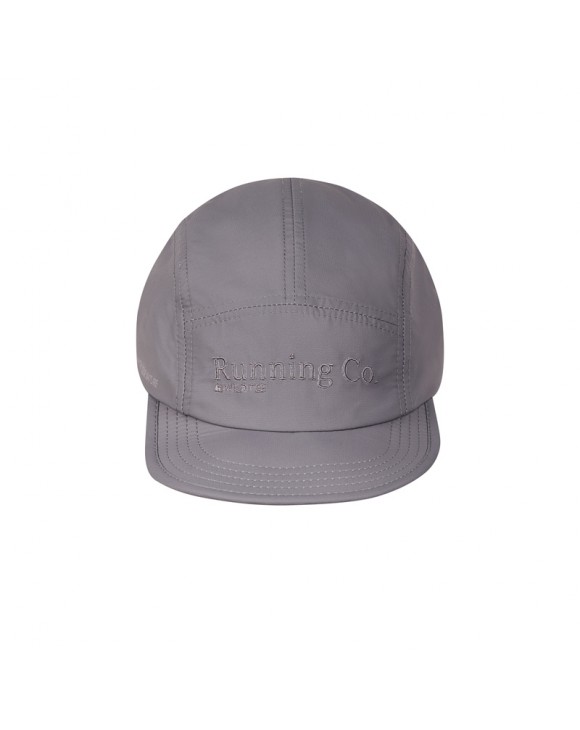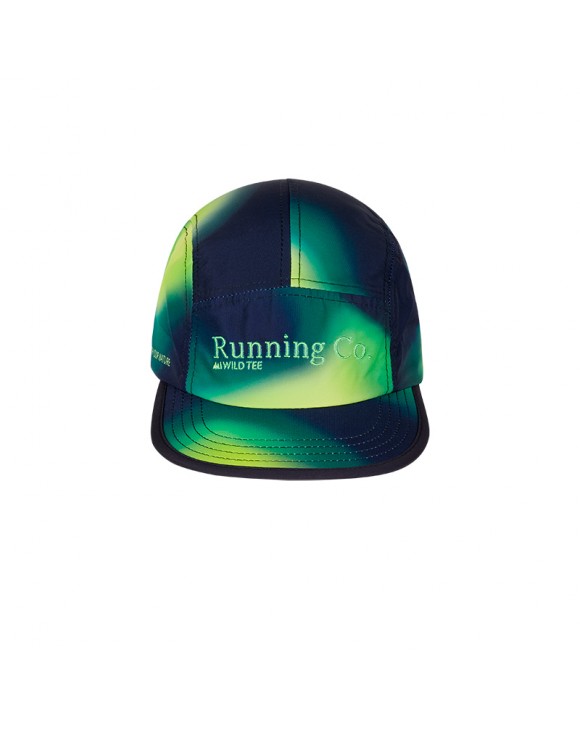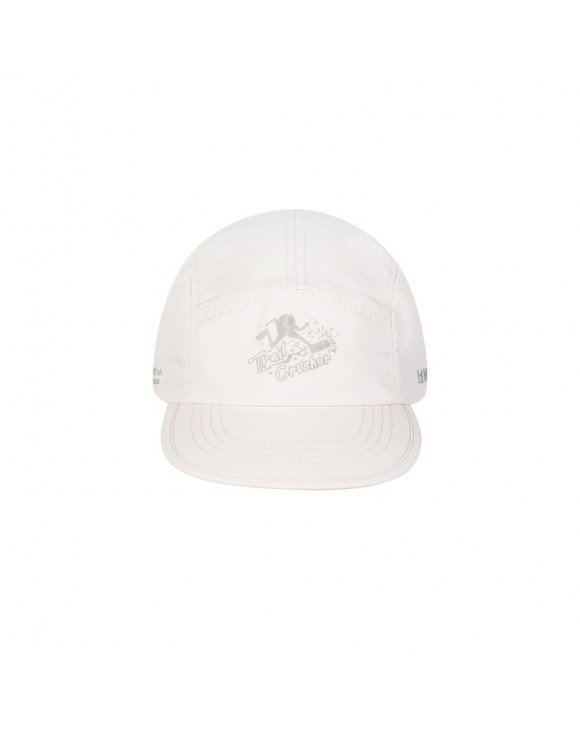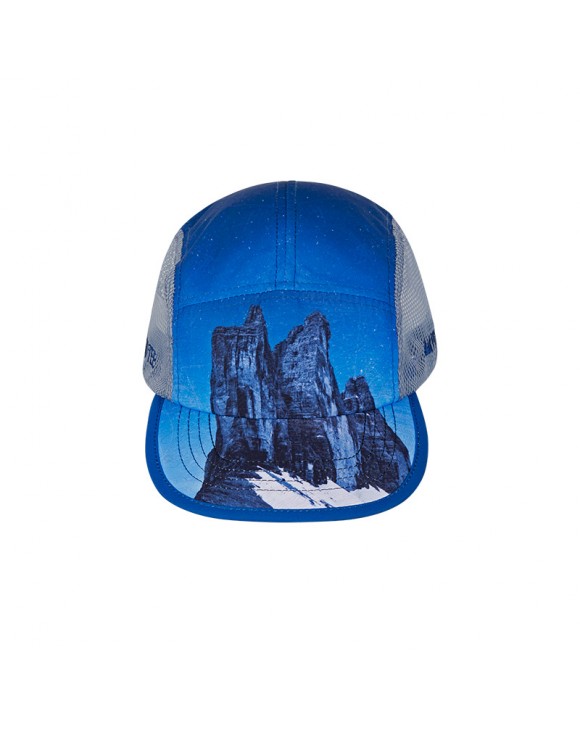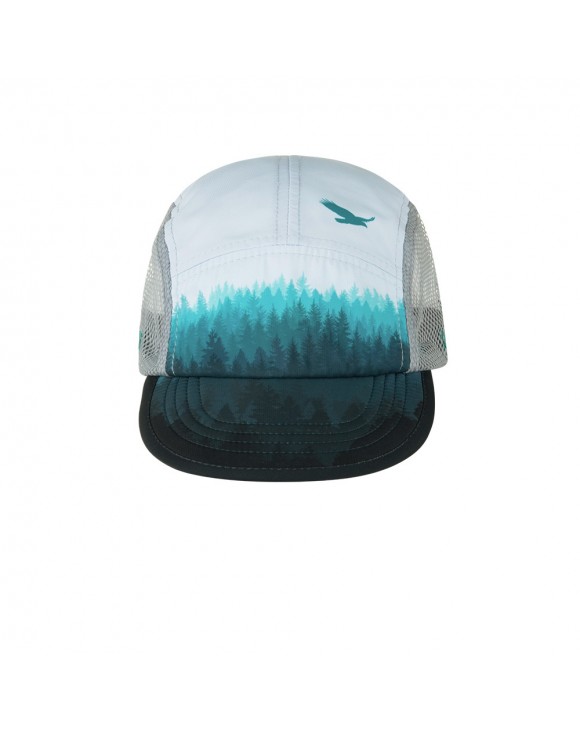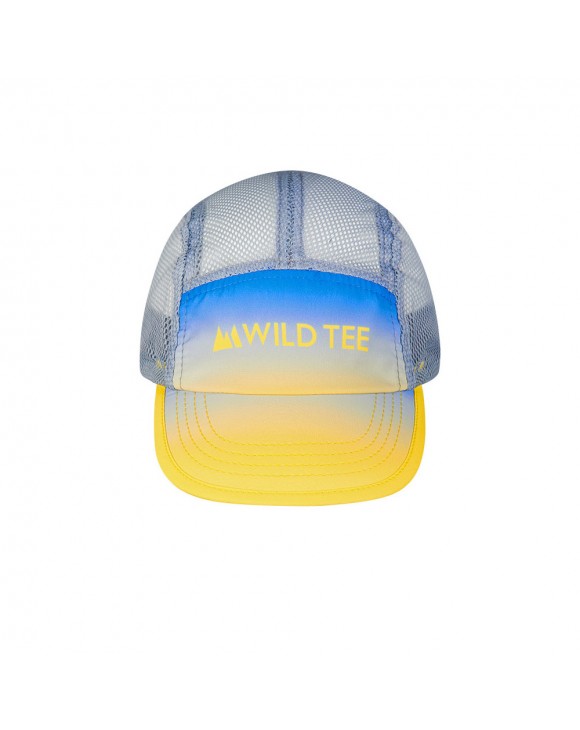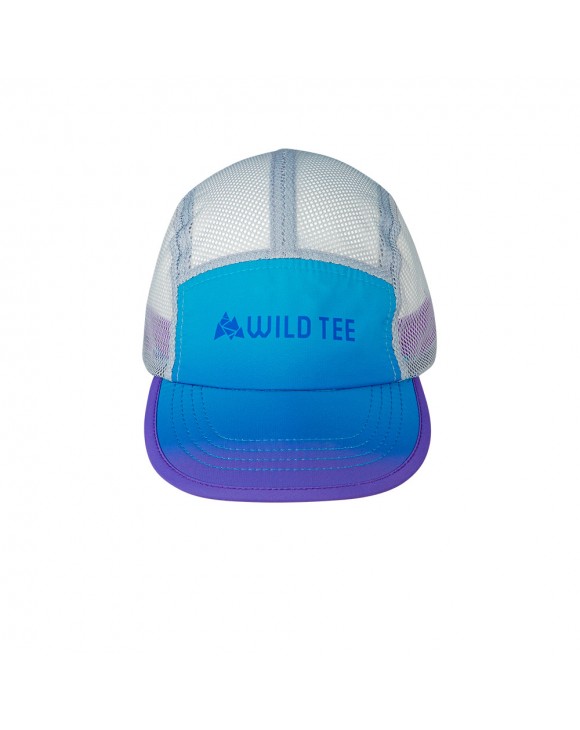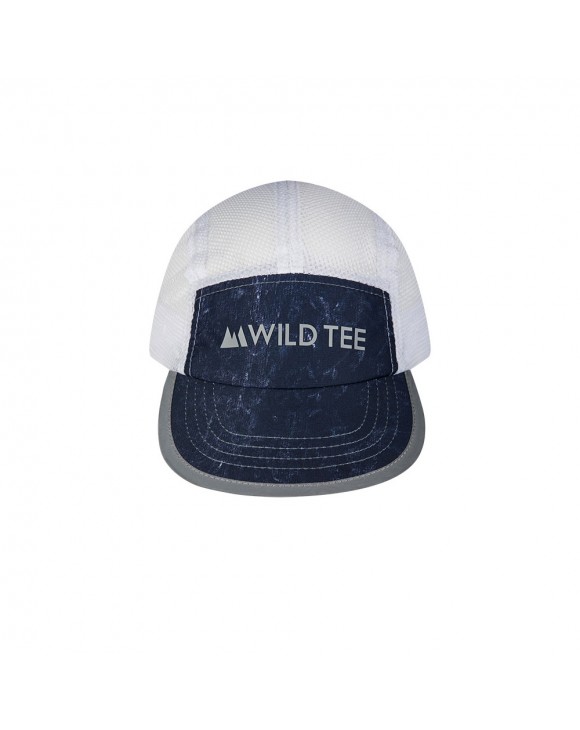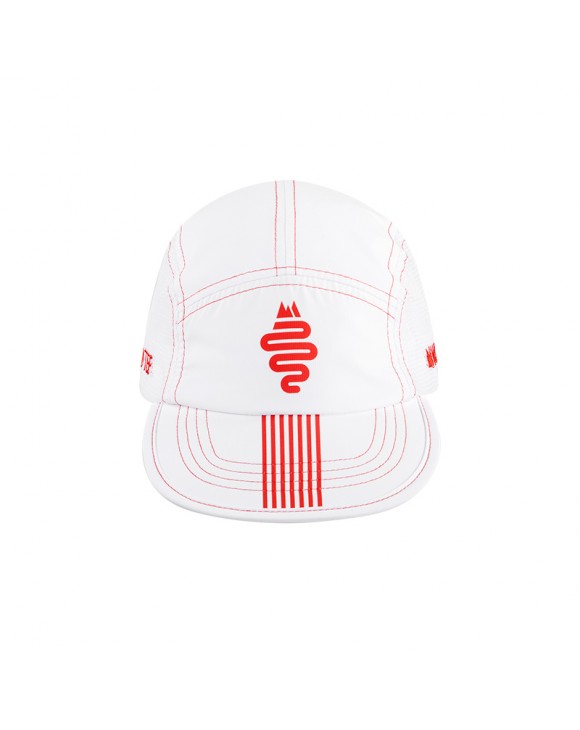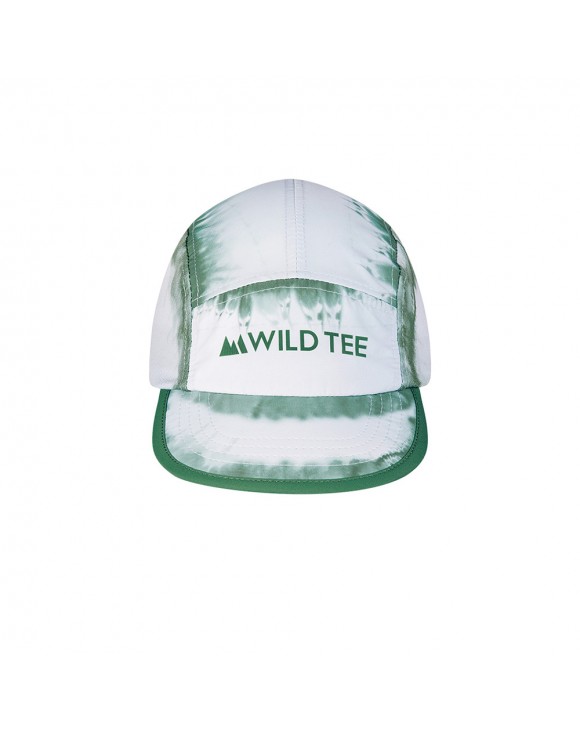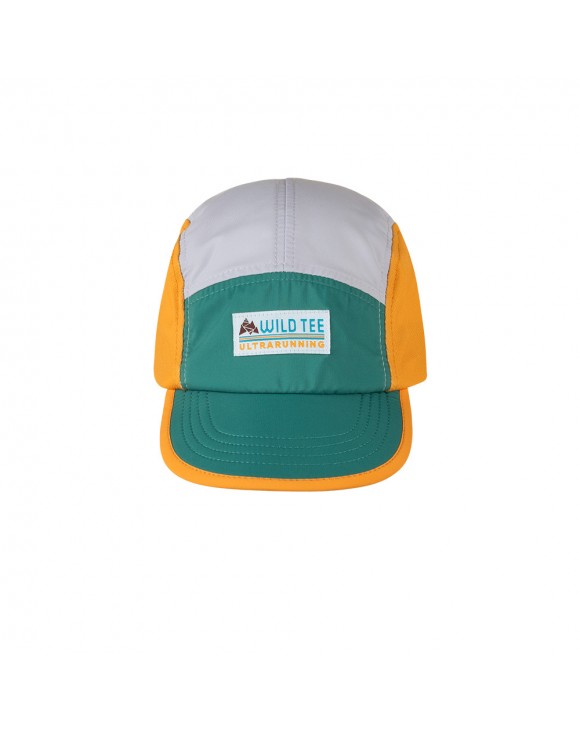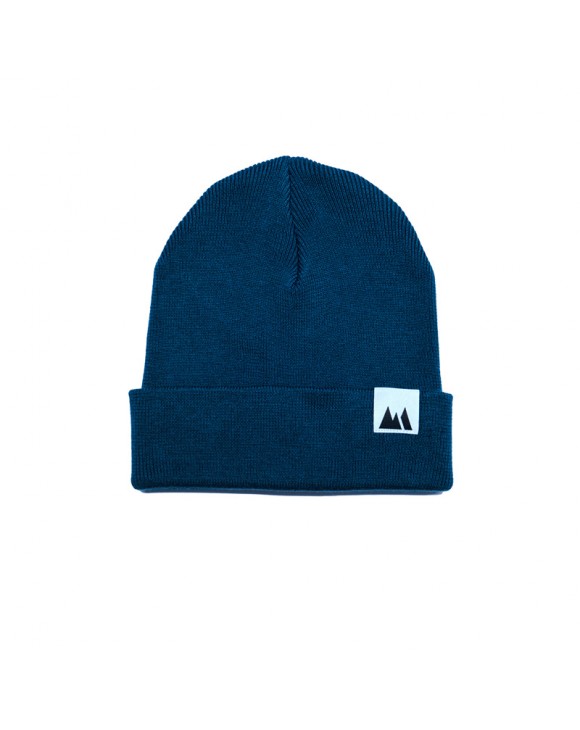Hats
Hats
Outdoor running enthusiasts know how important it is to protect their head in all seasons of the year, using the perfect running hat. Not everyone wears one, preferring to exercise with nothing to protect their head. However, this is an option not to be recommended, since the overall comfort during training sessions also depends on these small, yet important details. Let's see how to choose a running hat, reviewing its key features.
How and why to choose a running hat
There are many reasons to wear these accessories, the first of which concerns protection from direct sunlight and sunburn. A visor, moreover, is a shield to protect both nose and forehead (an essential aspect, particularly for people with a paler complexion). Especially in the hottest season, the lack of a summer running hat may cause feelings of dizziness and exhaustion, which could lead to headaches, thus turning a positive experience into a situation of general unpleasantness. All this obviously always keeping in mind the importance of proper and constant hydration.
The running hat stops sweat, so it doesn’t end up on the eyes giving discomfort, an interesting detail, especially for those who wear contact lenses or for those who must run wearing glasses. The hat, just as the headband does, also avoids the moist forehead from cooling down in contact with the air. In this sense, and whenever you are about to train in adverse weather, the best thing to do is to wear a waterproof running hat. The visor will also be able to protect you from the rain, preventing water from entering your eyes. Running hats, coupled with technical clothing with reflective elements, aids visibility of the runner, especially in low light or after sunset. An aspect to keep in mind also when choosing a new trail running hat.
The essential features to evaluate
The main features that running caps must have are breathability, comfort and speed of drying. The first aspect is a key element, both in summer when it is warmer, but also in winter. In any season, the moisture that comes from sweat must indeed be let out so that it cannot stagnate and causing the annoying wet effect.
The comfort factor is obviously just as important, whether the hat is to be worn for a few minutes or for longer training sessions. Attention must be paid to the presence of seams, which should never be obtrusive or in relief so as not to annoy or end up pressing on the skin.
Finally, the ability to dry quickly is just as important, since a hat that gets soaked while remaining wet can end up making us ill, in case the temperature drops. At the same time, it must remain firmly on the head: it must not fly away at the first gust of wind (be careful not to tighten the rear buckle too much, to avoid getting a headache in the long run).
Read more



